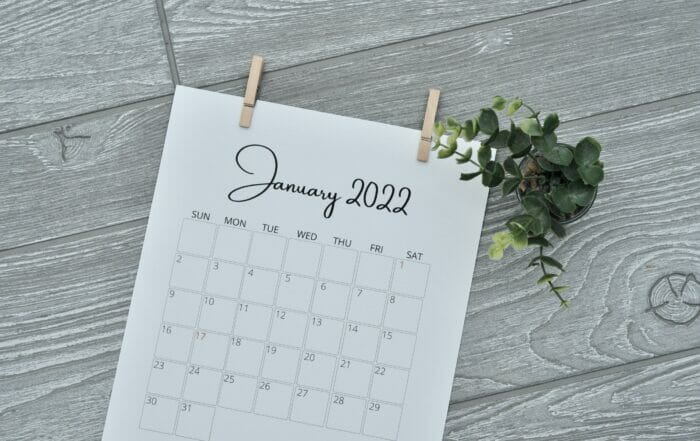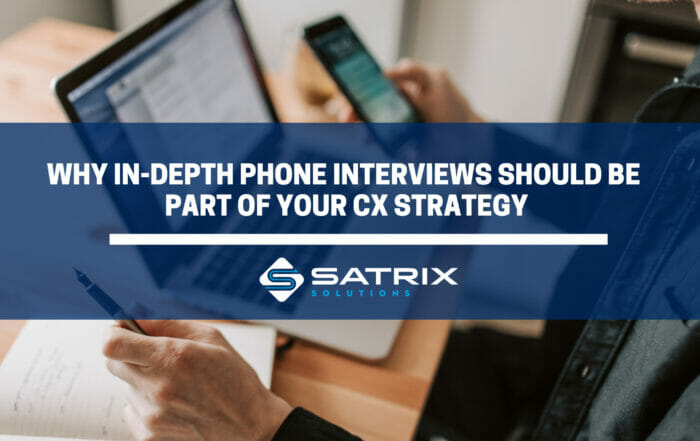Gathering insights in the business-to-business (B2B) world is markedly different from asking consumers to rate their experience. To put the difference in context, decision-making likely feels much more complex and collaborative at work than in your personal life. Likewise, stark differences exist when collecting competitive intelligence or deciphering reasons that particular customers stay or churn.
With this in mind, we offer several complexities to consider when surveying your B2B customers. Fortunately, many of the considerations when building your customer satisfaction and loyalty survey can actually free you from the common constraints found in general consumer surveys.
Here are 5 ways to design and tailor your survey for the B2B audience.
1. Get specific with lingo.
You know your industry and your products or services, and you can assume that your own customers do, too. B2B companies that survey their customers have a unique advantage compared to B2C companies because they can leverage a rich database of customer information and relationships, whereas B2C companies may have hundreds of thousands or millions of customers that they don’t know personally. Despite what you may have read about authoring surveys, each question should be focused on what you truly want to learn, which may mean using industry jargon that B2C surveys typically steer clear from. If the term is relevant to the industry, important to the insights you are searching for, and won’t cause any confusion or ambiguity, go ahead and use it.
2. Go beyond multiple-choice questions.
Adding open-ended questions to each survey is one of the most effective listening tools you can utilize with the online survey medium. At Satrix Solutions, we are never surprised when customers spend multiple minutes on a single open-ended question to share a detailed account of their experience with our client’s offerings. We have found that customers are very willing to share, and you shouldn’t feel limited to just one open-end. Asking about people, product feature requests, and even asking for miscellaneous final thoughts can glean amazing insights. Keep in mind that time is still precious, so be sure to balance the overall length of time it takes to complete the survey. Moreover, working with Satrix provides you with robust coding and analysis on this type of feedback so you can maximize the time and energy spent on enacting improvements.
3. Be open to complexity in survey design.
One of the pieces of advice that you may encounter when designing your survey is to stick to just one scale type, perhaps only using the agreement scale or satisfaction scale, but not both. However, in a professional or B2B context, it’s actually okay to have your survey recipients rate on multiple scales. While it may be recommended to keep the survey simple in this regard for a general consumer study, feel free to ask what you need here. It’s extremely rare for business professionals to be confused by the points on a scale, or select a rating that wasn’t intended. Instead, focus on the overall flow between topics. At Satrix Solutions, we like to start broad and work our way to the most specific questions without jumping around between topics.
4. Leverage incentives for a richer dataset.
Make your survey stand out and counteract survey fatigue by offering an incentive. A small token of appreciation can boost the response rate by a noticeable margin without biasing the data. For a Net Promoter survey, we might suggest an indirect incentive, like a donation to charity. Research shows that some people are more thoughtful in their responses and may spend more time on the survey when an incentive is involved. Therefore, you may even be able to add a few more questions to your survey and decrease drop-off rates if that has been identified as an issue in the past.
5. Remember, the survey is just one aspect of nurturing the B2B customer experience.
While for B2C companies, it can be virtually impossible to follow up with each and every consumer, the closed-loop process following your survey is the most effective way B2B companies can maximize the value of their survey. Armed with survey responses, your team can dive deeper into specific issues, understand and solve dissatisfaction among particular customer segments, and lay the groundwork for continuous improvement that your customers will actually see and believe.
We have written before about the pitfalls of designing your own survey without being armed with the knowledge to excel. Here, we present a handful of considerations that may feel “against the grain” but are actually some of our keys to success. We hope they will help you get started.
That being said, surveys are ubiquitous because they are so powerful, and the true value lies in your customer’s willingness and enthusiasm toward providing you with feedback. The best way to combat oversaturation is to ensure that your survey program is well designed, elicits the right information in the most effective way, and brings your customers along for the journey. You don’t want to sell your insights short which is why partnering with an expert in this area is the best way to ensure actionable and unbiased results.
A Mature Customer Experience Program is a Business Imperative in 2022
Jonathan Beretta2022-01-24T13:51:24-07:00January 24th, 2022|Comments Off on A Mature Customer Experience Program is a Business Imperative in 2022
Over the past two years, organizations have faced new challenges in attracting and retaining customers: an entirely new business environment and culture, threats of ongoing inflation, labor & supply chain shortages, and pandemic-related disruptions. Under [...]
What are the main factors driving wins and losses in B2B?
Tami Kinney2022-01-06T09:29:06-07:00January 5th, 2022|Comments Off on What are the main factors driving wins and losses in B2B?
To win over B2B sales prospects, it's not enough for your company just to have a good product and/or service. With fierce competition in many industries, you also need a compelling message that resonates with [...]
Why In-Depth Phone Interviews Should Be Part of your CX Strategy
Heather Timney2022-01-05T14:45:41-07:00October 15th, 2021|Comments Off on Why In-Depth Phone Interviews Should Be Part of your CX Strategy
In-depth Phone Interviews offer tremendous value to B2B organizations that want to better understand the “why” behind the user experience. As a one-to-one conversation with key decision-makers, In-depth Phone Interviews help you obtain richer insights [...]




